Safety First: Using a Kayaking Knife in Emergency Situations
Using a kayaking knife in emergency situations is essential for prioritizing safety while on the water. In an emergency, a kayaking knife can be a valuable tool for cutting through rope, freeing yourself or others from entanglements, and assisting in rescue efforts.
This versatile tool should be easily accessible and securely attached to your life jacket. Whether you are an experienced kayaker or a beginner, understanding the importance of a kayaking knife and knowing how to use it properly are vital for a safe and successful outing.
We will explore the various ways a kayaking knife can be utilized in emergency situations and provide tips for selecting and using the right knife for your kayaking adventures.
Understanding The Importance Of A Kayaking Knife
A kayaking knife is an essential safety tool that can be a lifesaver in emergency situations on the water. Its importance lies in its ability to help you free yourself or others from entanglement, cut ropes, or aid in various rescue scenarios, ensuring safety comes first while kayaking.
When it comes to kayaking, safety should always be a top priority. One essential tool that every kayaker should have is a kayaking knife. This handy device can be a lifesaver in emergency situations and plays a crucial role in ensuring your safety on the water.
Let’s dive deeper into why a kayaking knife is an essential safety tool:
Why A Kayaking Knife Is An Essential Safety Tool:
- Versatility: A kayaking knife is a versatile tool designed specifically for water activities. Its multi-purpose functionality makes it a valuable asset to have on any kayaking adventure.
- Emergency Preparedness: Accidents can happen when you’re out on the water, and being prepared is key. Having a kayaking knife readily accessible can help you handle unexpected situations efficiently.
- Cutting through obstacles: A kayaking knife enables you to cut through various materials that may obstruct your path, such as tangled ropes, fishing lines, or vegetation. This can ensure a smoother sailing experience and prevent entanglement hazards.
- Self-Rescue: If you find yourself trapped or entangled in your kayak or other equipment, a kayaking knife can be used as a tool for self-rescue. It allows you to free yourself quickly and safely, minimizing the risk of injury.
- First Aid: In emergency situations, a kayaking knife can come in handy for basic first aid. Whether it’s cutting bandages, clothes, or creating makeshift splints, having a knife readily available enhances your ability to respond effectively.
How A Kayaking Knife Can Be Used In Emergency Situations:
- Cutting through entanglements: If your kayak gets caught in fishing nets or underwater obstacles, a kayaking knife can help you quickly cut through them, allowing you to regain control of your kayak.
- Assisting in rescues: In emergency situations where you need to assist others, a kayaking knife can be used to cut through ropes or debris obstructing someone’s path or entangling them.
- Escaping a capsized kayak: When your kayak overturns, a kayaking knife can be used to cut free from entangled gear or straps, facilitating a quick escape.
- Creating a makeshift raft: In extreme situations, having a kayaking knife can assist you in creating a makeshift raft using available materials. This can provide temporary refuge while waiting for help to arrive.
- Signaling for help: Some kayaking knives come with built-in whistles or reflective surfaces, allowing you to attract attention and signal for help in emergency situations.
Remember, accidents happen unexpectedly, and being prepared can make all the difference in your safety and survival. Investing in a high-quality kayaking knife and carrying it with you on every kayaking excursion should be a top priority. Stay safe and enjoy your kayaking adventures!
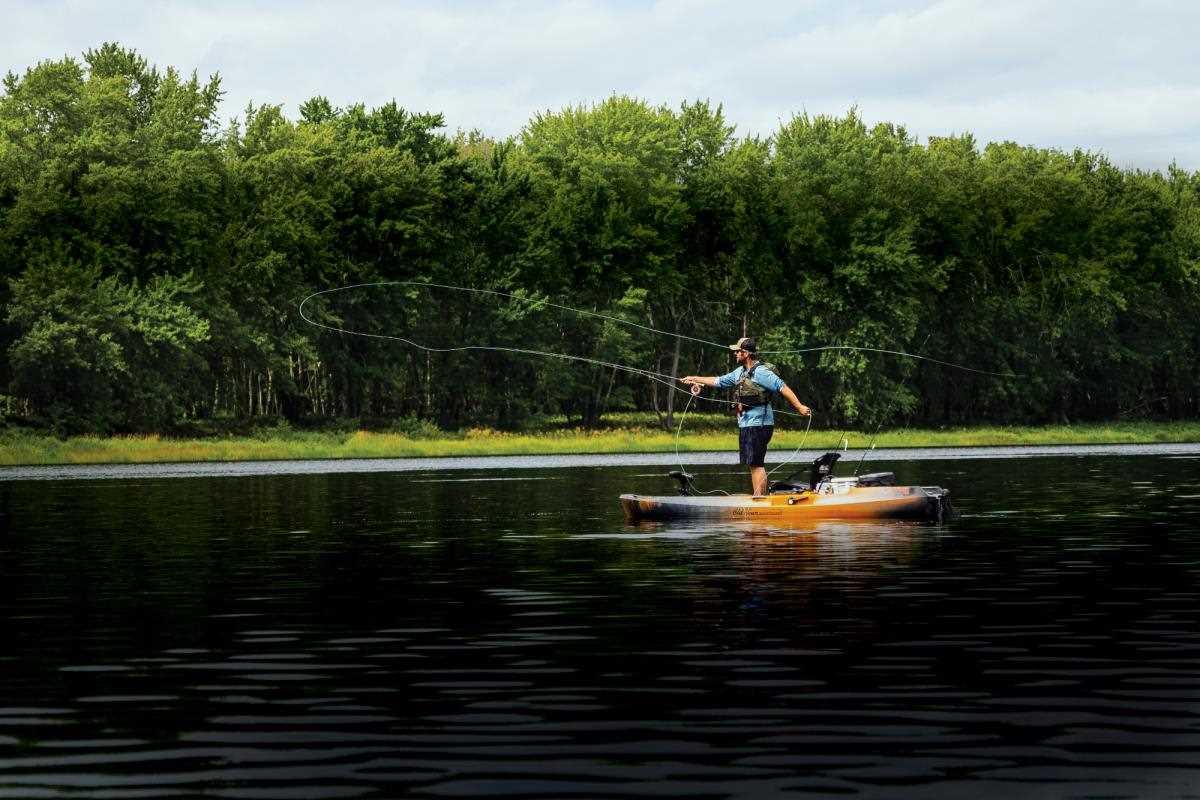
Credit: www.flyfisherman.com
Essential Features Of A Kayaking Knife
Kayaking knives are essential for safety in emergency situations. With features such as a sharp, serrated blade and a secure sheath, these knives provide kayakers with a reliable tool for cutting ropes, freeing themselves from entanglements, and ensuring a safer kayaking experience.
Picture yourself gliding across calm waters, surrounded by the breathtaking beauty of nature. While kayaking offers tranquility and adventure, it’s crucial to prioritize safety on the water. One of the essential tools for kayakers is a reliable and functional knife.
Designed specifically for emergencies, a kayaking knife can prove to be a lifesaver in unexpected situations. To ensure you choose the right one for your needs, consider the following key features:
- Size and weight: Opt for a knife that is compact and lightweight, allowing for easy storage and carrying without adding unnecessary bulk to your gear.
- Blade design: Different blade designs serve various purposes. Consider the type of kayaking you do and the potential emergency situations you may encounter. Common blade designs include:
- Serrated edge: Ideal for cutting through ropes and cords effectively.
- Smooth edge: Suitable for general cutting tasks and fine precision work.
- Blunt tip: Prevents accidental punctures or injuries, reducing the risk of damaging your kayak or yourself.
- Blade material: The type of material used for the blade plays a vital role in its durability and performance. Look for blades made from high-quality stainless steel or titanium, as these materials offer excellent corrosion resistance and maintain sharpness for extended periods.
- Grip and handle: A reliable grip is essential, especially in challenging water conditions. Look for a knife with a non-slip handle design, allowing for a secure hold even when wet. Some knives also feature ergonomic handles for added comfort during use.
- Sheath: A sturdy and secure sheath is crucial for safely storing your knife when not in use. Look for a sheath that can be easily attached to your life jacket or kayak, ensuring quick and convenient access when needed.
Remember, choosing the right kayaking knife is a personal decision based on your specific needs and preferences. By considering the size, blade design, material, grip, handle, and sheath, you can find a reliable companion that will aid you in unexpected situations while prioritizing your safety on the water.
Stay prepared, stay safe!
Emergency Situations Where A Kayaking Knife Is Crucial
A kayaking knife is crucial for safety in emergency situations on the water. Its use can help in cases of entanglement or cutting through obstacles, ensuring a safer experience for kayakers.
Emergencies can arise unexpectedly while kayaking, and having a reliable kayaking knife within reach can be crucial in ensuring the safety of both yourself and others. Here are some emergency situations where a kayaking knife proves to be indispensable:
- Cutting entangled ropes and lines: When navigating through treacherous waters, it’s not uncommon for ropes or lines to become entangled around your kayak or paddle. A kayaking knife allows you to swiftly and safely cut through these obstructions, freeing yourself from potential hazards.
- Quickly freeing yourself or others from a capsized kayak: A capsized kayak can pose serious risks, especially if trapped underwater or entangled in debris. With the help of a kayaking knife, you can sever any entangling ropes or straps, aiding in your quick escape or assisting others in need.
- Emergency first aid and medical use: Accidents can happen during kayaking adventures, leading to injuries that require immediate attention. A kayaking knife with a serrated edge can prove invaluable in cutting bandages or clothing to facilitate wound care. It may also assist in creating improvised splints or litters during more severe emergencies.
Remember, a kayaking knife should always be easily accessible, securely attached to your person or kayak. Its blade should be sharp, preferably with both smooth and serrated edges, ensuring it can effectively handle a range of emergency situations. Prioritize your safety and be prepared for the unexpected while out on the water.
Proper Techniques For Kayaking Knife Handling
Learn the proper techniques for handling a kayaking knife in emergency situations to prioritize safety. Mastering these skills is crucial to ensuring a safe and secure kayaking experience.
Kayaking is an exciting outdoor activity that allows you to explore beautiful waterways and enjoy the serenity of nature. However, like any adventure sport, it’s important to prioritize safety. A kayaking knife is a valuable tool to have on hand in case of emergency situations.
In this section, we will discuss the proper techniques for handling a kayaking knife to ensure your safety on the water.
Safety Precautions And Handling Techniques
When it comes to using a kayaking knife, it is crucial to follow safety precautions and employ proper handling techniques. Here are some key points to keep in mind:
- Familiarize yourself with the knife: Before heading out on the water, take the time to familiarize yourself with the different parts of your kayaking knife. This will ensure that you know how to properly handle it in emergency situations.
- Secure the knife: When kayaking, always make sure that your knife is securely fastened to your personal flotation device (PFD) or kayak. This will prevent it from getting lost or accidentally causing harm to yourself or others.
- Practice swift deployment: In emergency situations, time is of the essence. Practice swift deployment of your kayaking knife to ensure that you can access it quickly when needed. This may involve practicing various techniques, such as opening the knife with one hand.
- Maintain a firm grip: When using the kayaking knife, it is important to maintain a firm grip to prevent accidental slips or drops. Ensure that your hand is positioned correctly on the handle, providing a secure hold even in wet or challenging conditions.
- Use the correct cutting technique: In emergency situations, it is crucial to use the correct cutting technique to minimize the risk of injury to yourself or others. Always cut away from your body and exercise caution to avoid any unintended harm.
- Be mindful of your surroundings: When handling a kayaking knife, always be aware of your surroundings and the people around you. Avoid making any sudden or careless movements that could result in accidental injuries.
Proper storage and accessibility while kayaking:
- Choose a suitable storage location: When kayaking, it’s essential to store your knife in a location that is easily accessible yet secure. Consider attaching it to a sheath or knife holder that can be easily accessed when needed.
- Avoid loose attachment: Ensure that your knife is firmly attached to your PFD or kayak to avoid any accidental loss. Avoid loose attachment methods, such as using simple clips or hooks that may not provide a secure hold.
- Regularly inspect the storage mechanism: Before every kayaking trip, inspect the storage mechanism of your knife to ensure that it is in proper working condition. Look for any signs of wear or damage that may hinder its functionality.
- Keep the knife within reach: In case of an emergency, you should be able to reach your kayak knife quickly. Avoid storing it in a location that requires you to move out of your kayak or compromise your balance.
- Practice retrieving the knife: To familiarize yourself with the process, practice retrieving your knife from its storage location. This will help you build muscle memory and ensure that you can access it efficiently in high-pressure situations.
Proper handling and storage of a kayaking knife are essential to ensuring your safety on the water. By following these safety precautions and employing the correct techniques, you can be well-prepared to handle emergency situations while kayaking. Remember, safety should always be your top priority when enjoying this thrilling water sport.
Stay safe and enjoy your kayaking adventures!
Essential Skills For Using A Kayaking Knife Safely
Kayaking knife safety is vital in emergency situations. Learn about the essential skills needed to use a kayaking knife safely, ensuring your own well-being and the well-being of others on the water.
Techniques For Cutting Ropes And Lines:
- When cutting ropes or lines in an emergency situation while kayaking, it’s essential to have some techniques in place for safe and effective cutting. Here are a few methods to consider:
- The Sawing Technique: This technique requires you to create a sawing motion with the knife against the rope or line. The back and forth motion helps to cut through the material more easily.
- The Slicing Technique: This involves a smooth and steady cut through the rope or line using the sharp blade of the knife. It’s important to maintain control and accuracy when using this technique to prevent accidents.
- The Hooking Technique: In some cases, it may be necessary to hook the rope or line with the knife and then pull it towards you to create tension. Once the tension is applied, you can then cut through the material more effectively.
Remember, it’s crucial to practice these techniques in a safe environment before using them in an actual emergency scenario. This will help you become more proficient and confident in handling a kayaking knife during critical situations.
Practice Drills For Emergency Use Scenarios:
- To ensure you are well-prepared for emergency situations while kayaking, practice drills specific to the use of a kayaking knife can be highly beneficial. Here are some key drills to consider:
- Cutting Practice: Find a suitable training prop, such as a thick rope or line, and practice cutting it using different techniques mentioned earlier. This will help you improve your technique, accuracy, and speed.
- Underwater Retrieval: In certain emergencies, you may drop your knife into the water. Practicing retrieval techniques, such as using a rope or securing the knife handle to your gear, can aid in quick recovery and prevent potential accidents.
- One-Handed Usage: In some situations, you may need to use the kayaking knife with only one hand. Practicing one-handed techniques, such as securing the knife with a tether or using specialized grips, will enhance your ability to handle the knife effectively.
Remember to practice these drills regularly to ensure muscle memory and quick response during emergency scenarios. By honing your skills, you’ll be better prepared to handle critical situations while kayaking.
Keep in mind that using a kayaking knife in emergency situations requires caution, proper technique, and continuous practice. Having the necessary skills and drills in place will enable you to effectively use the knife when needed, ensuring safety for yourself and others.
Maintenance And Care For A Kayaking Knife
Taking care of your kayaking knife is crucial for ensuring safety during emergency situations on the water. Regular maintenance, such as cleaning, drying, and lubricating the blade and handle, will help prolong the life of your knife and keep it ready for any unexpected events.
Remember to follow manufacturer’s recommendations for proper care and storage.
Safety First: Using A Kayaking Knife In Emergency Situations
Kayaking is an exhilarating water sport that allows you to not only explore beautiful waterways but also immerse yourself in the beauty of nature. However, as with any adventure activity, safety should always be the top priority. One essential tool to have in your kayaking arsenal is a kayaking knife.
This versatile tool can be a lifesaver during emergency situations, providing you with the means to cut through tangled ropes, free yourself from entrapment, or even aid in first aid applications. But just like any other gear, proper maintenance and care for your kayaking knife is crucial to ensure its reliability and longevity.
Here are some essential tips:
Cleaning And Drying After Each Use:
- Rinse the knife with fresh water: After each kayaking trip, give your knife a good rinse with fresh water to remove any saltwater, sand, or debris that may have accumulated on the blade.
- Use a soft brush or sponge: Gently scrub the blade and handle with a soft brush or sponge to remove any stubborn dirt or grime.
- Dry thoroughly: Pat the knife dry with a clean towel, making sure to dry both the blade and the handle. Moisture can lead to rust and corrosion, so be thorough in drying every part of the knife.
- Apply a thin coat of oil: Apply a thin coat of oil to the blade to provide an additional layer of protection against rust.
Sharpening And Maintaining The Blade’S Performance:
- Use a sharpening stone or tool: Regular sharpening is essential to maintain the blade’s sharpness and effectiveness. Invest in a high-quality sharpening stone or tool specifically designed for kayak knives.
- Follow the proper sharpening technique: When sharpening the blade, maintain a consistent angle and use smooth, even strokes along the entire length of the blade.
- Test the sharpness: After sharpening, test the blade’s sharpness by carefully running your thumb along the edge (without applying pressure). If it catches, the blade is sharp.
- Check for any damage or wear: Regularly inspect the knife for any signs of damage, such as chips, cracks, or loose fittings. Replace any damaged parts or the entire knife, if necessary.
- Store it properly: When not in use, store your kayaking knife in a dry, well-ventilated area. Consider using a protective sheath or knife pouch to prevent accidental injury and protect the blade.
By following these maintenance and care tips, you can ensure that your kayaking knife remains in optimal condition, ready to assist you in any emergency situation that may arise during your kayaking adventures. Remember, safety should always come first, and a well-maintained kayaking knife can be a valuable tool in ensuring your peace of mind on the water.
Stay safe and happy kayaking!
Frequently Asked Questions On Safety First: Using A Kayaking Knife In Emergency Situations
How Can A Kayaking Knife Be Used For Emergencies?
A kayaking knife can be used for cutting ropes, freeing yourself from entanglements, or assisting in a rescue by creating a makeshift tourniquet. It is an essential tool for handling emergency situations while kayaking.
What Features Should I Look For In A Kayaking Knife?
When choosing a kayaking knife, look for one with a blunt tip to minimize the risk of injury, a serrated edge for cutting through ropes easily, and a secure sheath for convenient storage and quick access during emergencies.
Is It Necessary To Carry A Kayaking Knife With Me?
Yes, it is highly recommended to carry a kayaking knife with you. It can be a crucial tool in emergency situations that may occur while kayaking, such as entanglement in ropes or other gear, or the need to assist others in distress.
How Should I Store My Kayaking Knife When Not In Use?
When not in use, it is important to store your kayaking knife in a secure sheath attached to your personal flotation device (PFD) or within easy reach on your kayak. This ensures quick access in case of emergencies and prevents accidental loss or damage.
Conclusion
Considering the importance of prioritizing safety while kayaking, a reliable and well-kept kayaking knife becomes an essential tool. Its versatility enables it to provide valuable assistance during emergency situations, making it a must-have for any cautious kayaker. Whether it’s cutting rope, freeing oneself from entanglements, or even serving as a signaling device, a kayaking knife proves to be invaluable.
Its compact design ensures easy portability, while a durable and corrosion-resistant blade guarantees its longevity. Remember, a well-prepared kayaker knows that unexpected situations can arise, and having a reliable knife within reach is a proactive measure that can potentially save lives.
So, as you embark on your kayaking adventures, make sure to equip yourself with a high-quality, purpose-built kayaking knife and prioritize your safety above all. Stay prepared, stay safe

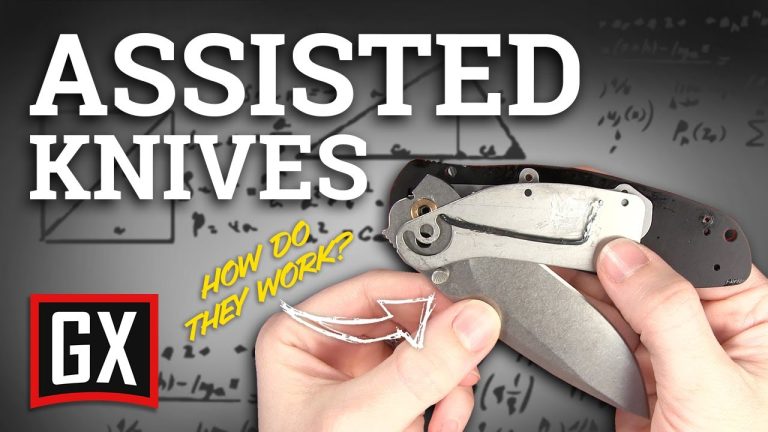
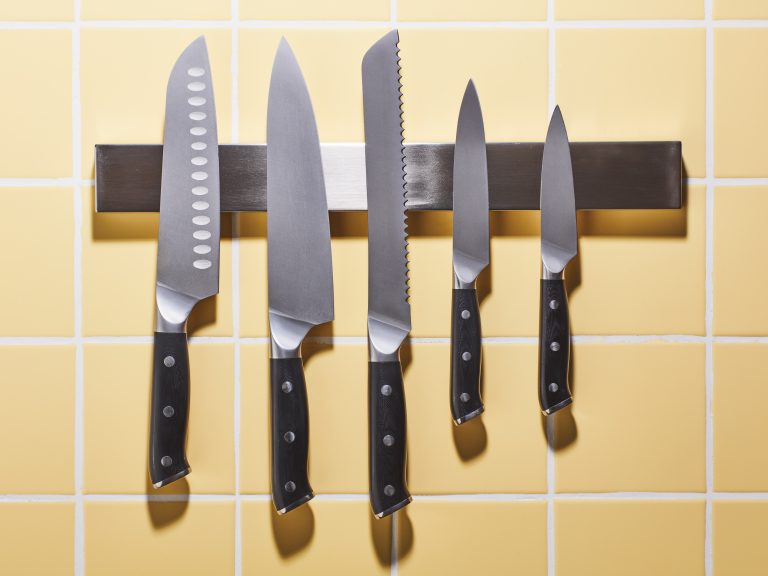


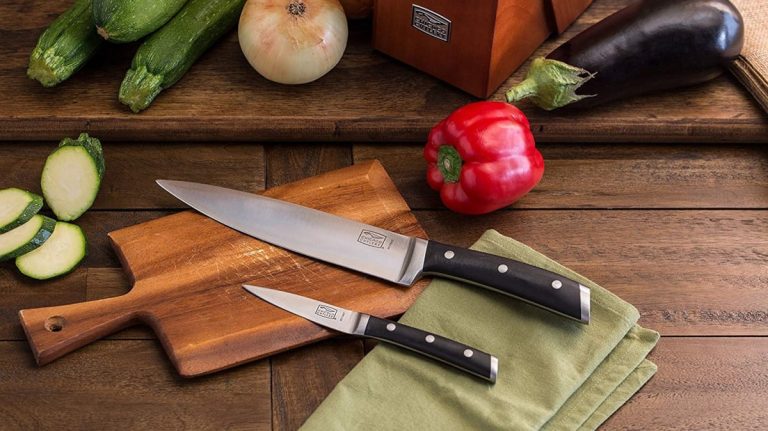
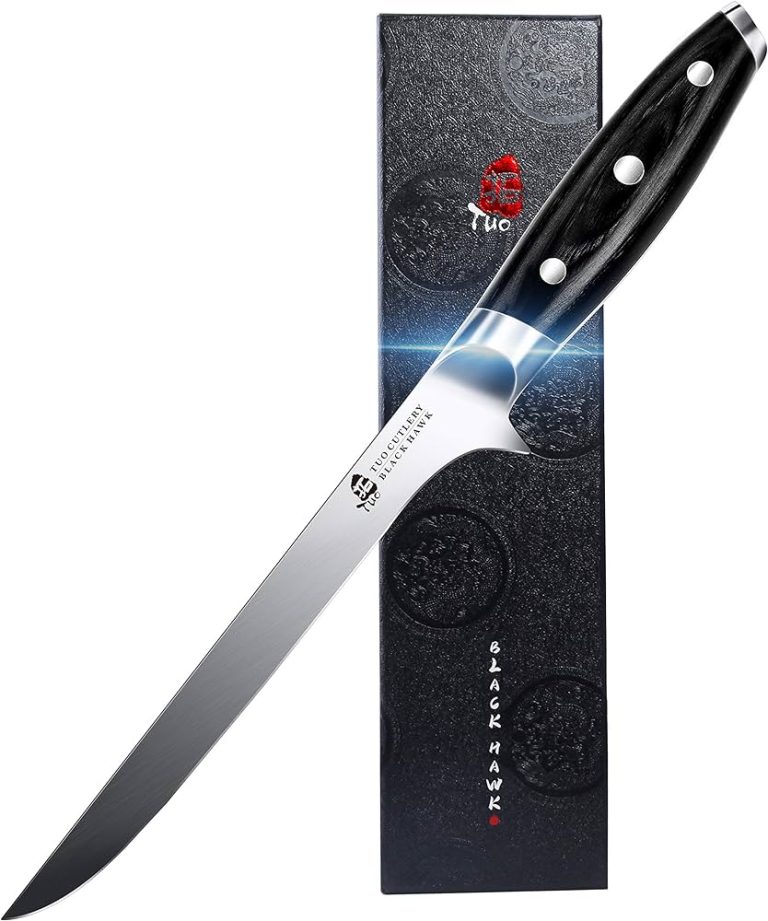
I like this article ……. my Kayaking knife is sharp now
Good that it help you to sharp your knives